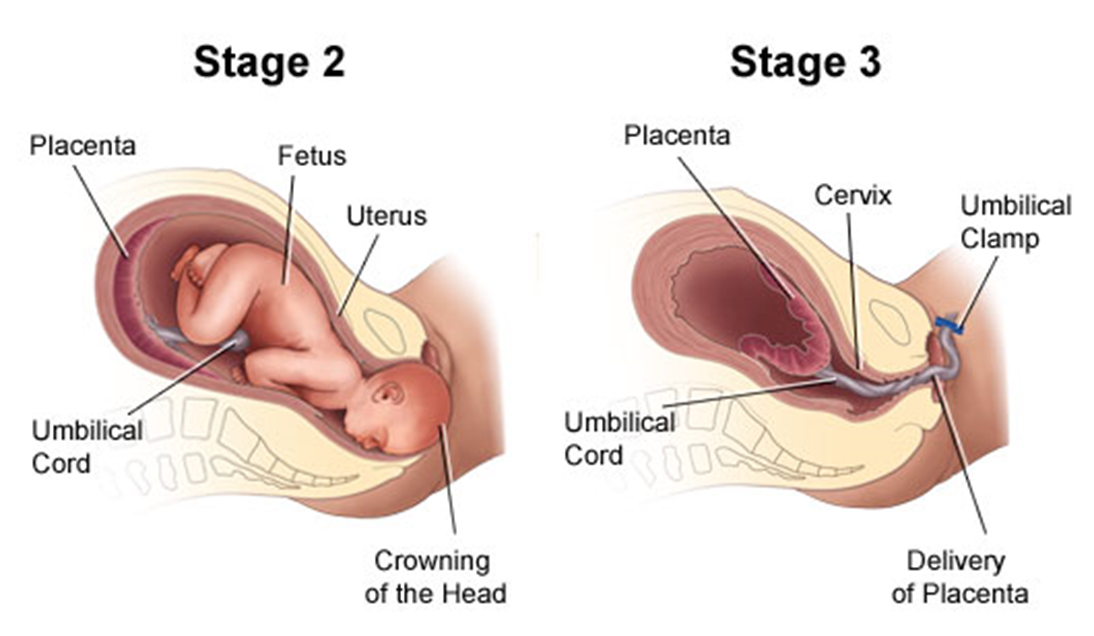Which laboratory results should the nurse closely monitor in a client who has end-stage renal disease (ESRD)?
Blood pressure, heart rate, and temperature.
Leukocytes, neutrophils, and thyroxine.
Serum potassium, calcium, and phosphorus.
Erythrocytes, hemoglobin, and hematocrit.
The Correct Answer is C
Choice A reason: Blood pressure, heart rate, and temperature are vital signs that should be monitored in any client, but they are not laboratory results. ESRD can cause hypertension and cardiovascular complications, so blood pressure and heart rate should be controlled with medications and lifestyle modifications. Temperature should be monitored for signs of infection or inflammation.
Choice B reason: Leukocytes, neutrophils, and thyroxine are not specific laboratory results for ESRD. Leukocytes and neutrophils are types of white blood cells that indicate immune system activity and infection. Thyroxine is a thyroid hormone that regulates metabolism and growth. ESRD can affect the immune system and the thyroid function, but these are not the primary indicators of renal function.
Choice C reason: This is the correct answer because serum potassium, calcium, and phosphorus are important laboratory results for ESRD. ESRD can cause electrolyte imbalances that can affect the heart, muscles, nerves, and bones. Serum potassium can increase due to reduced renal excretion and cause cardiac arrhythmias and muscle weakness. Serum calcium can decrease due to impaired absorption and activation of vitamin D and cause muscle cramps, tetany, and osteoporosis. Serum phosphorus can increase due to reduced renal excretion and cause soft tissue calcification and bone pain.
Choice D reason: Erythrocytes, hemoglobin, and hematocrit are laboratory results that measure red blood cell count, oxygen-carrying capacity, and blood volume. ESRD can cause anemia due to reduced production of erythropoietin, a hormone that stimulates red blood cell formation in the bone marrow. Anemia can cause fatigue, pallor, shortness of breath, and chest pain. However, these are not the most significant laboratory results for ESRD.
Nursing Test Bank
Naxlex Comprehensive Predictor Exams
Related Questions
Correct Answer is C
Explanation
Choice A reason: Assessing pupillary response to light hourly is not related to dopamine administration. Dopamine does not affect the pupils or the cranial nerves that control them.
Choice B reason: Initiating seizure precautions is not necessary for a client receiving dopamine. Dopamine does not lower the seizure threshold or cause convulsions.
Choice C reason: Measuring urinary output every hour is an important intervention for a client receiving dopamine. Dopamine increases blood pressure and cardiac output, which improves renal perfusion and urine production. Urinary output is an indicator of the effectiveness of dopamine therapy and renal function.

Choice D reason: Monitoring serum potassium frequently is not directly related to dopamine administration. Dopamine does not affect potassium levels or cause hyperkalemia or hypokalemia. However, potassium levels may be affected by other factors such as fluid balance, renal function, and medications.
Correct Answer is C
Explanation
Choice A reason: Providing pain medication to increase the client's tolerance of labor pains is not a specific intervention for the second stage of labor. Pain medication is a drug that relieves pain by blocking pain signals or reducing inflammation. Pain medication can be given during any stage of labor, depending on the client's preference and condition. However, pain medication may have side effects such as sedation, nausea, or respiratory depression, and may affect the fetal heart rate or the progress of labor.
Choice B reason: Assessing the fetal heart rate and pattern for signs of fetal distress is not a particular intervention for the second stage of labor. Fetal heart rate and pattern are indicators of fetal well-being and oxygenation. Fetal heart rate and pattern should be monitored throughout labor, especially during contractions, to detect any abnormalities or complications such as bradycardia, tachycardia, or decelerations.
Choice C reason: This is the correct answer because assisting the client to push effectively so that expulsion of the fetus can be achieved is a vital intervention for the second stage of labor. The second stage of labor begins when the cervix is fully dilated (10 cm) and ends with the delivery of the baby. The nurse should coach the client to push with each contraction, using proper breathing and positioning techniques, and provide feedback and encouragement.

Choice D reason: Monitoring effects of oxytocin administration to help achieve cervical dilation is not a relevant intervention for the second stage of labor. Oxytocin is a hormone that stimulates uterine contractions and cervical dilation. Oxytocin can be administered during labor to augment or induce labor, especially if there is prolonged or dysfunctional labor. However, oxytocin is not needed in the second stage of labor, when the cervix is already fully dilated and the focus is on pushing and delivering the baby.
Whether you are a student looking to ace your exams or a practicing nurse seeking to enhance your expertise , our nursing education contents will empower you with the confidence and competence to make a difference in the lives of patients and become a respected leader in the healthcare field.
Visit Naxlex, invest in your future and unlock endless possibilities with our unparalleled nursing education contents today
Report Wrong Answer on the Current Question
Do you disagree with the answer? If yes, what is your expected answer? Explain.
Kindly be descriptive with the issue you are facing.
